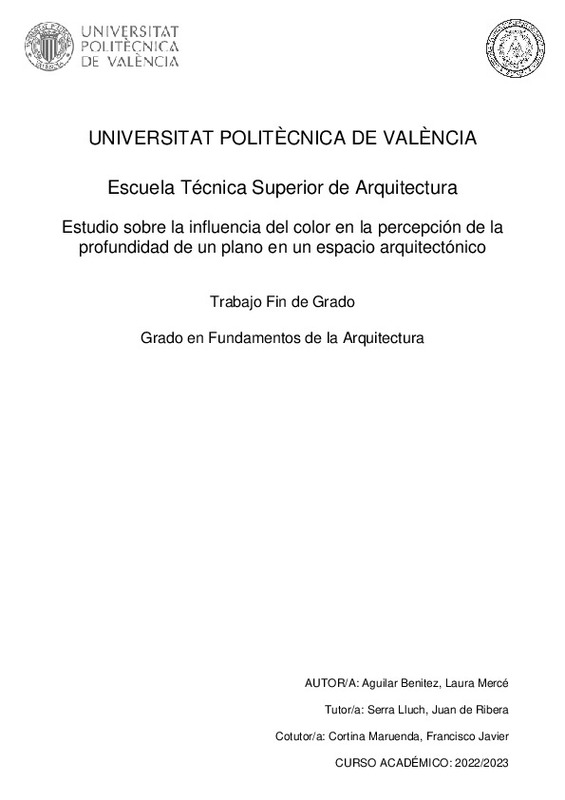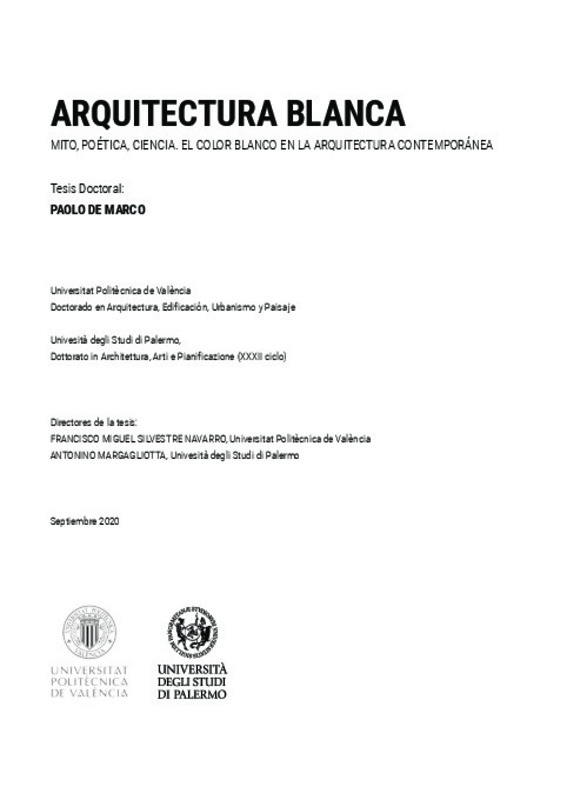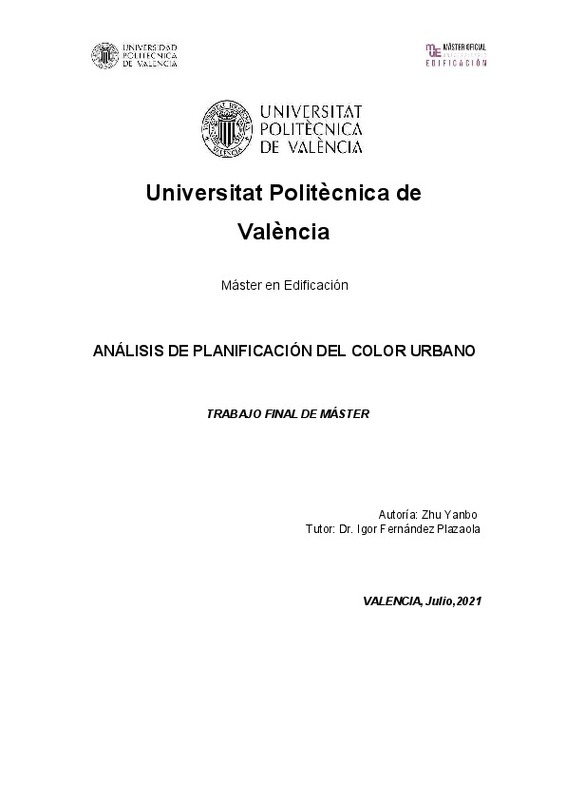JavaScript is disabled for your browser. Some features of this site may not work without it.
Buscar en RiuNet
Listar
Mi cuenta
Estadísticas
Ayuda RiuNet
Admin. UPV
Estudio sobre la influencia del color en la percepción de la profundidad de un plano en un espacio arquitectónico
Mostrar el registro completo del ítem
Aguilar Benitez, LM. (2023). Estudio sobre la influencia del color en la percepción de la profundidad de un plano en un espacio arquitectónico. Universitat Politècnica de València. http://hdl.handle.net/10251/195884
Por favor, use este identificador para citar o enlazar este ítem: http://hdl.handle.net/10251/195884
Ficheros en el ítem
Metadatos del ítem
| Título: | Estudio sobre la influencia del color en la percepción de la profundidad de un plano en un espacio arquitectónico | |||
| Otro titulo: |
|
|||
| Autor: | Aguilar Benitez, Laura Mercé | |||
| Director(es): | ||||
| Entidad UPV: |
|
|||
| Fecha acto/lectura: |
|
|||
| Resumen: |
[ES] Son numerosos los arquitectos, artistas y teóricos del color que han experimentado la capacidad del color para alterar la sensación de distancia de un plano coloreado con respecto a un observador, tanto para aproximarlo ...[+]
[EN] There are many artists, architects and theorists who have experienced the ability of color to alter the sensation of distance of a colored plane with respect to an observer, both to bring it closer and to move it away. ...[+]
|
|||
| Palabras clave: |
|
|||
| Derechos de uso: | Reserva de todos los derechos | |||
| Editorial: |
|
|||
| Titulación: |
|
|||
| Tipo: |
|
recommendations
Este ítem aparece en la(s) siguiente(s) colección(ones)
-
ETSA - Trabajos académicos [4784]
Escuela Técnica Superior de Arquitectura











